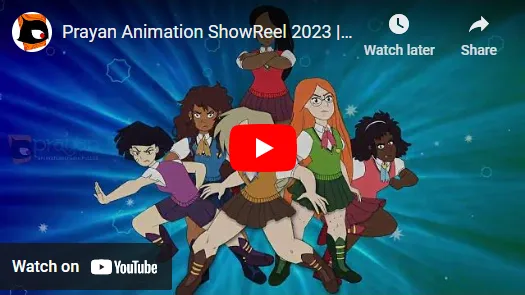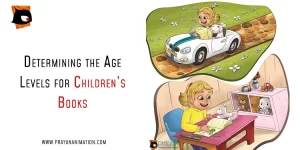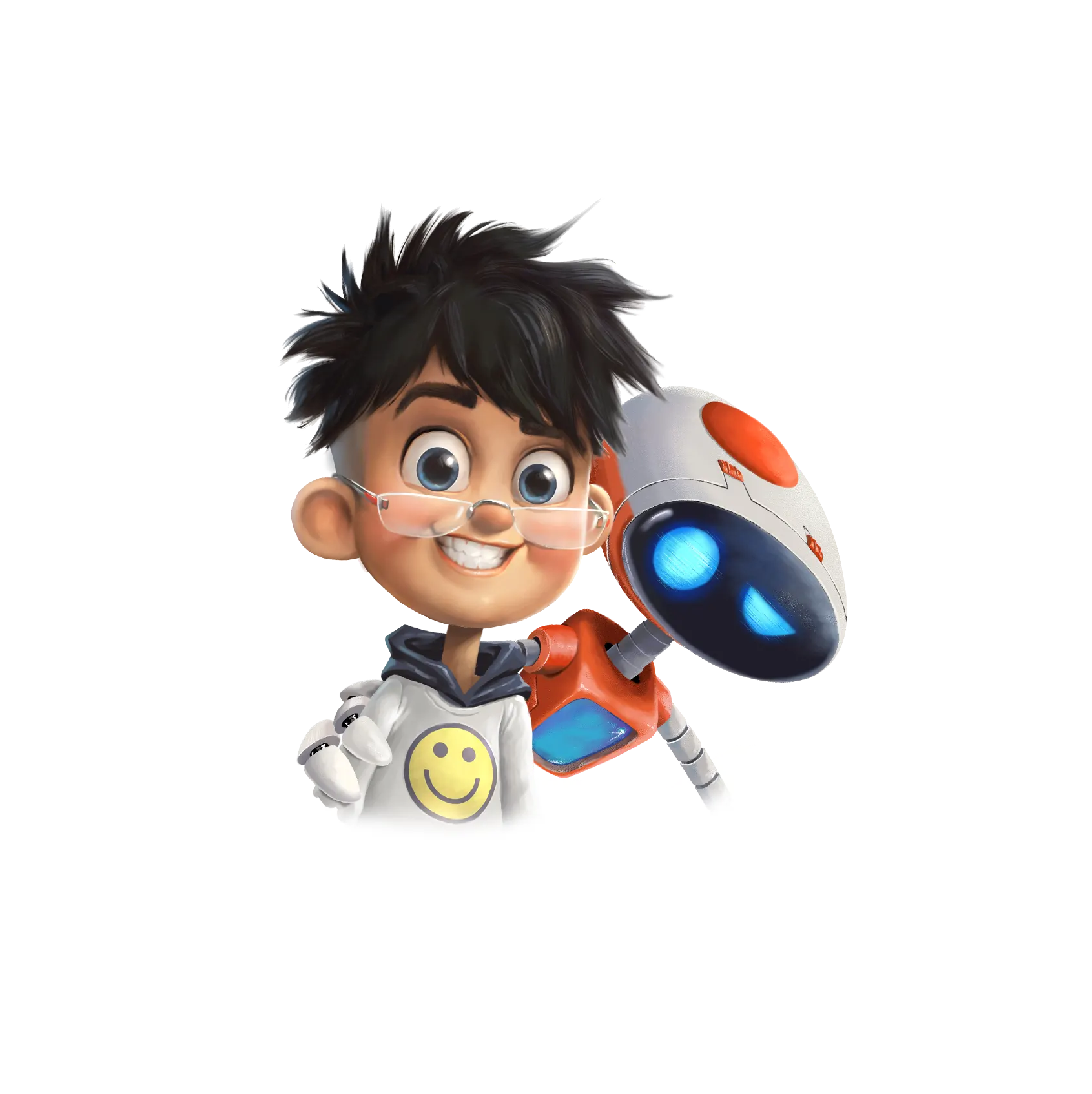E-Learning for Kids: How Teachers And Kids Can Use Technology for Reading?

Reading is a habit that develops the imagination and the capacity for analysis, and this is the reason why it is so relevant during the educational process of each child, adolescent, and adult. Rather than an obligation, it must be an activity of enjoyment and, in times where technology was established as an element of great importance in our lives, we must find a way to take advantage of the benefits that both have to offer us.
Many may believe that promoting reading within e-learning programs is a difficult task, but the reality is far from it. It is entirely possible to use technology to read and here we show you how. Do not miss it!
First of all, we must understand that technology has also changed the way we read. Now, in addition to the physical books that we can find in the library, we have many digital options that facilitate access to texts of all kinds. In this way, we only need an electronic device in which we can open our digital book or e-book and read it wherever we are.
But that is not all. There is something that, in the educational field, is known as assistive technology, and it is an alternative option for those who have difficulty reading. These tools can be used on computers, smartphones, or other devices, and it has revolutionized how people can come into contact with different content. Some of them are:
Animation
eLearning animation has been found to be effective for a number of genres and audiences in learning management systems for its ability to break down complex concepts, introduce learning in small pieces, and set the tone and emotion for the learning environment thus attracting and appealing to an ideal audience. But beyond the ease and accessibility of eLearning, interactive courses and animation in eLearning have the capability of taking learners even further by making knowledge more interactive and accessible
Text-to-speech or TTS
Allows you to view the text while listening aloud. It works by clicking or highlighting a word so it can be read by a computer voice.
Audiobooks
Allow listening to books read aloud. They generate a feeling of familiarity and confidence as they are read by human voices.
Graphic organizers
They are a very creative way of taking notes while reading. They consist of visual representations, such as diagrams and mind maps of ideas that can greatly improve concentration.
Screen control
It offers the possibility of personalizing the screen to adapt the text to the needs, tastes, or requirements of the reader. Thus, people can change the type, size, shape, or color of the font to make reading easier.
Optical character recognition or OCR
It is a process aimed at digitizing texts that identify characters from an image, read them out loud, and interact with them using a text editing program.
Finally, we have the videos that teach how to read. Teachers can take advantage of audiovisual material to help children learn to read. A video can help them establish an association between the text and the image, facilitating their understanding.
From beloved Disney characters to stunning Anime works of art, animation has the power to spark our creativity and transport us to fantastical worlds. However, it also has a much more practical application. As a matter of fact, animations can be a valuable eLearning tool that fosters an emotional connection and gets online learners excited about the eLearning process.
Technology has come to change all aspects of our lives, and reading is one of the main ones. But this does not have to be negative. There are many ways that we can use technology to encourage reading and reap the benefits of it.














 We can help you.
We can help you. 




